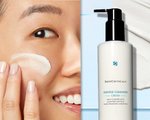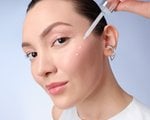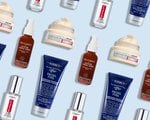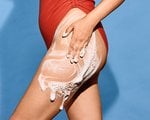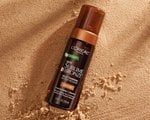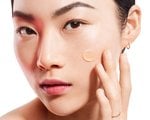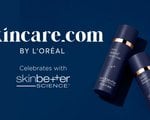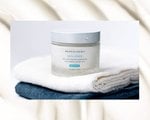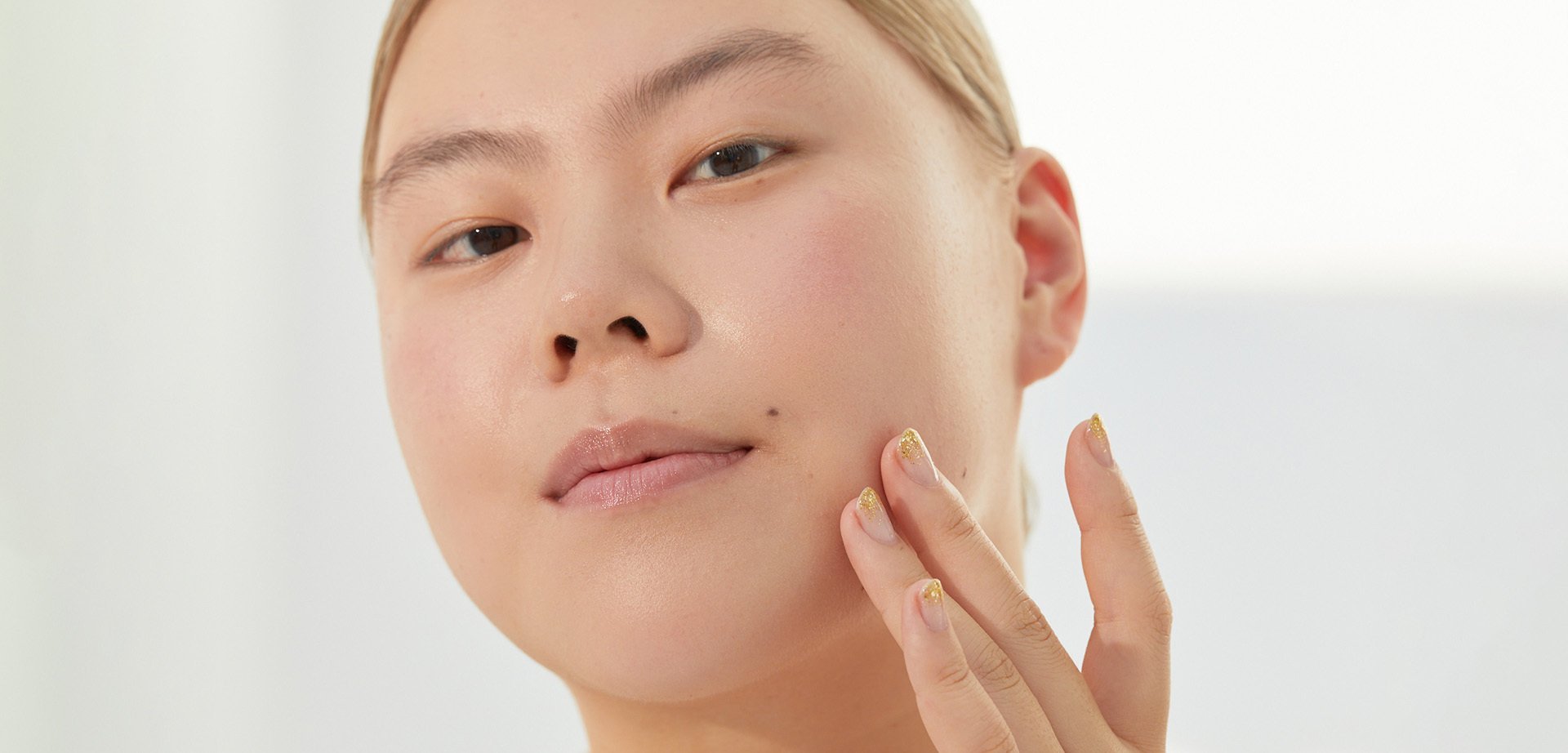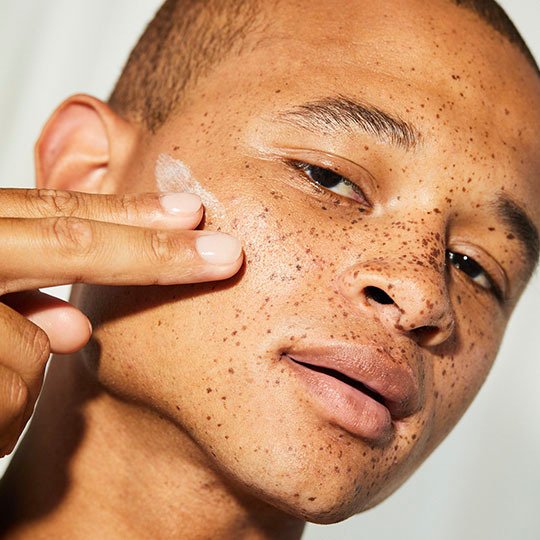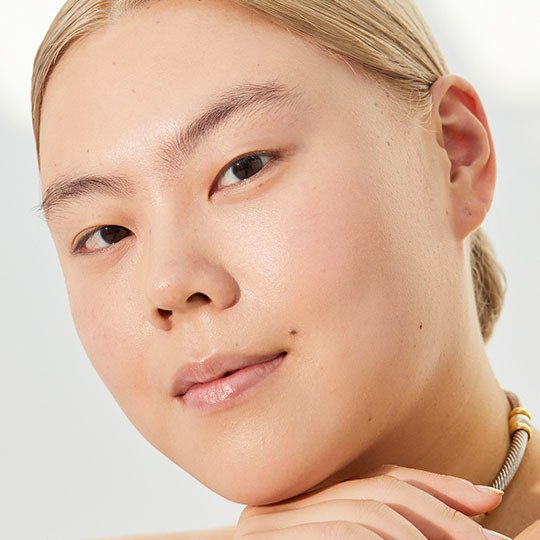How to Address Eczema on Your Face, According to a Dermatologist
August 29, 2023

Eczema Honey Co. Original Skin-Soothing Cream
For a soothing pick, try this skin-soothing cream approved by the National Eczema Association. It contains colloidal oatmeal, honey, olive oil and beeswax for deep moisture and will leave your skin feeling soft and radiant.

Tower 28 SOS Recovery Cream
Another option with National Eczema Association-approval, this recovery cream pick has hyaluronic acid, ceramides and allantoin. It helps calm and soothe the skin and is a great pick for eczema-prone skin, according to the brand.

